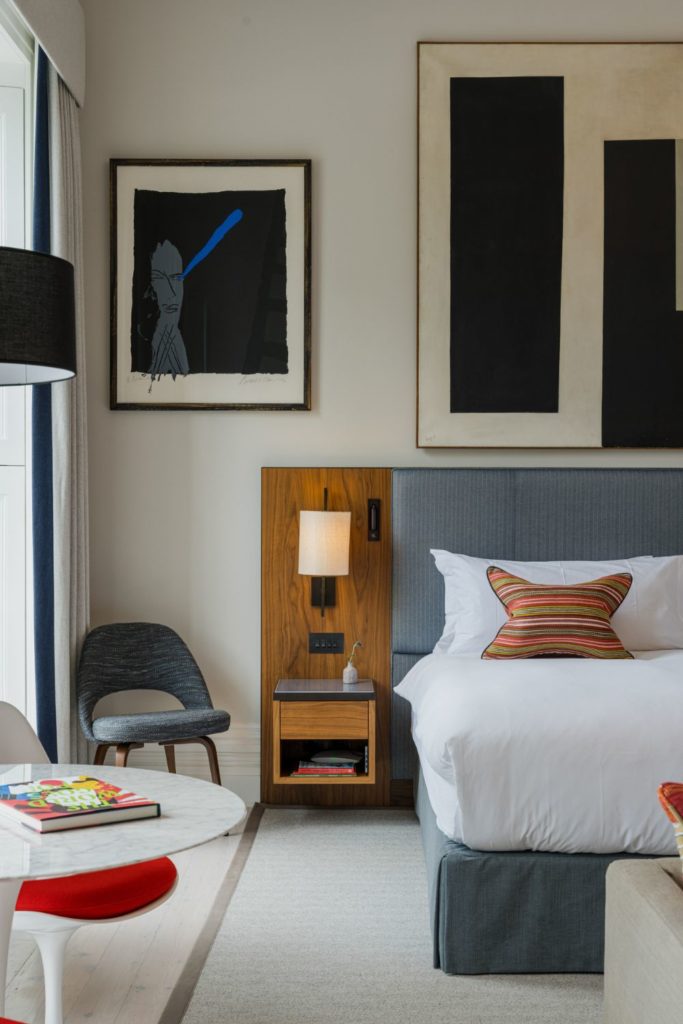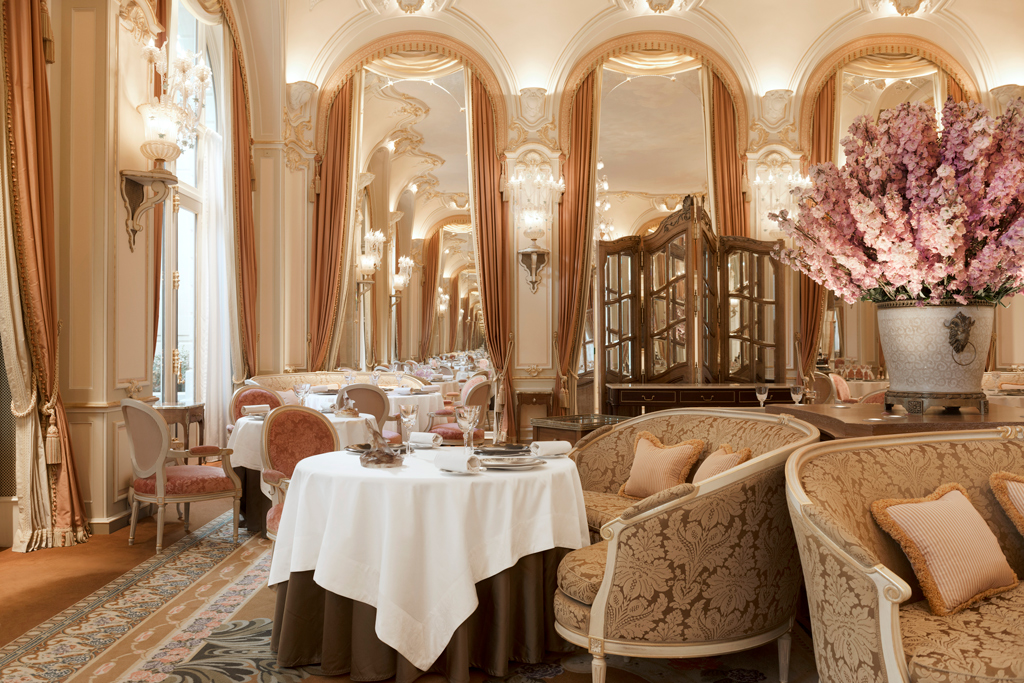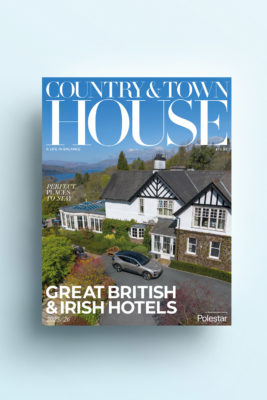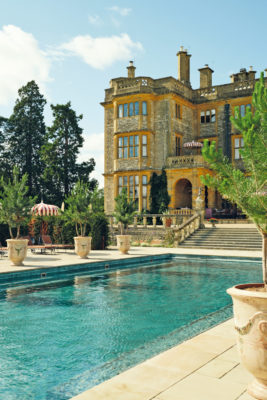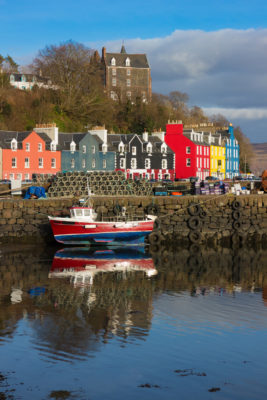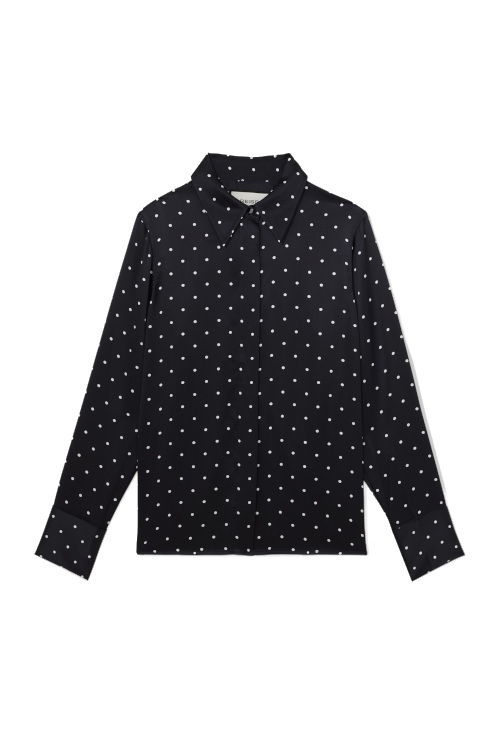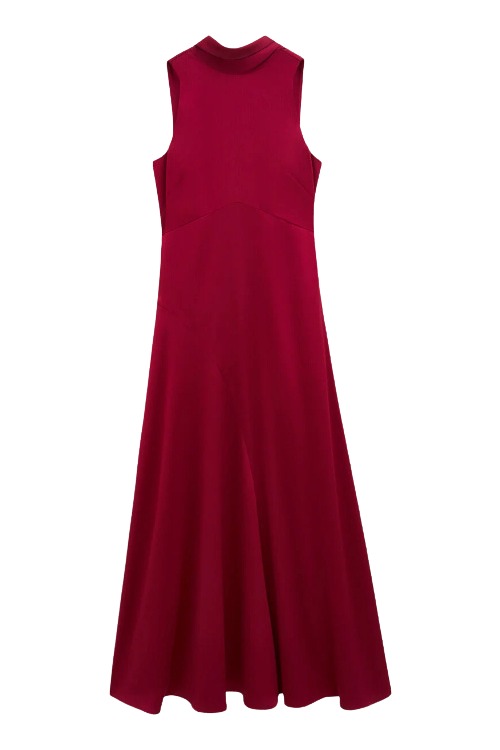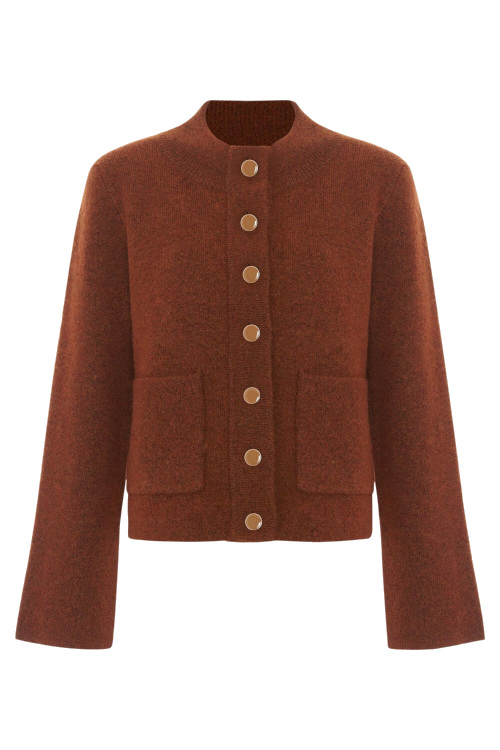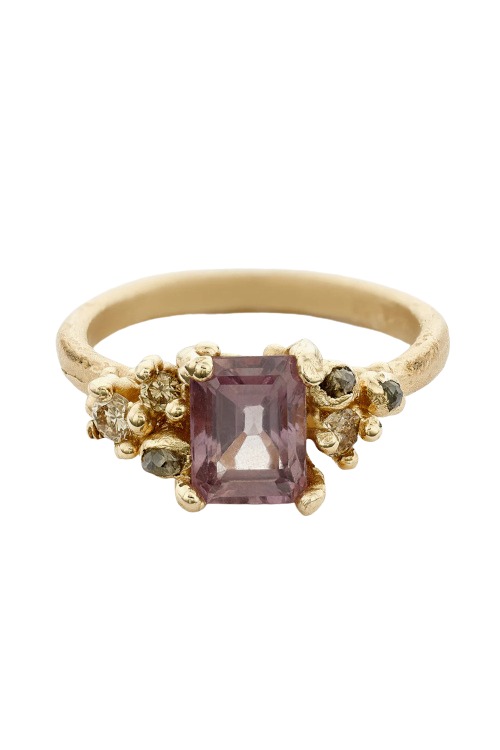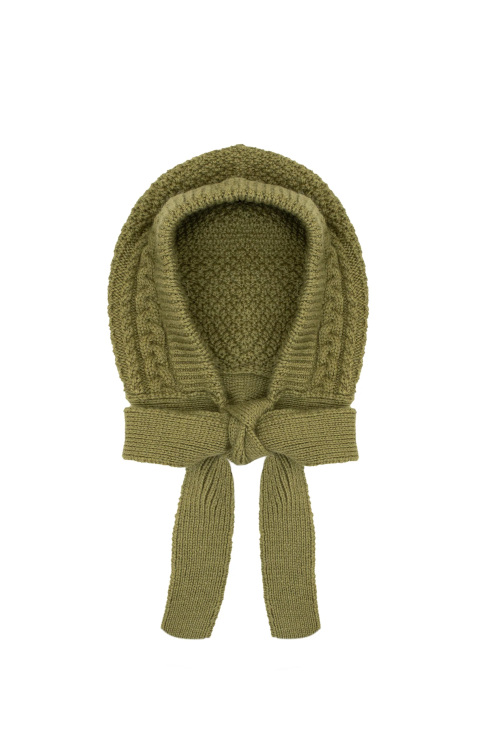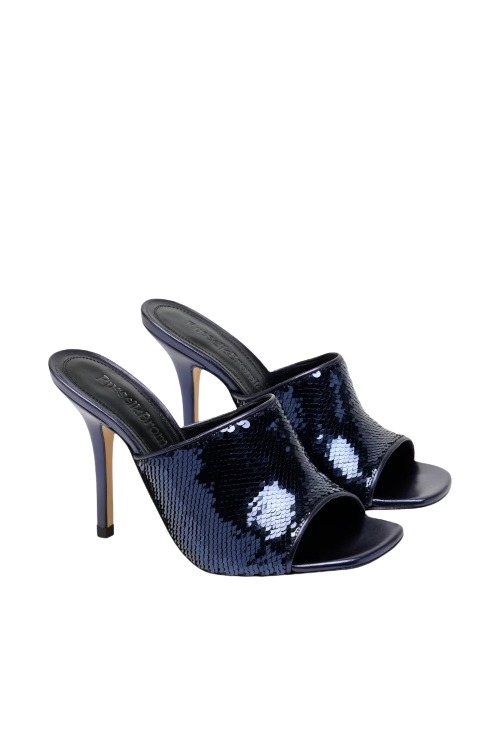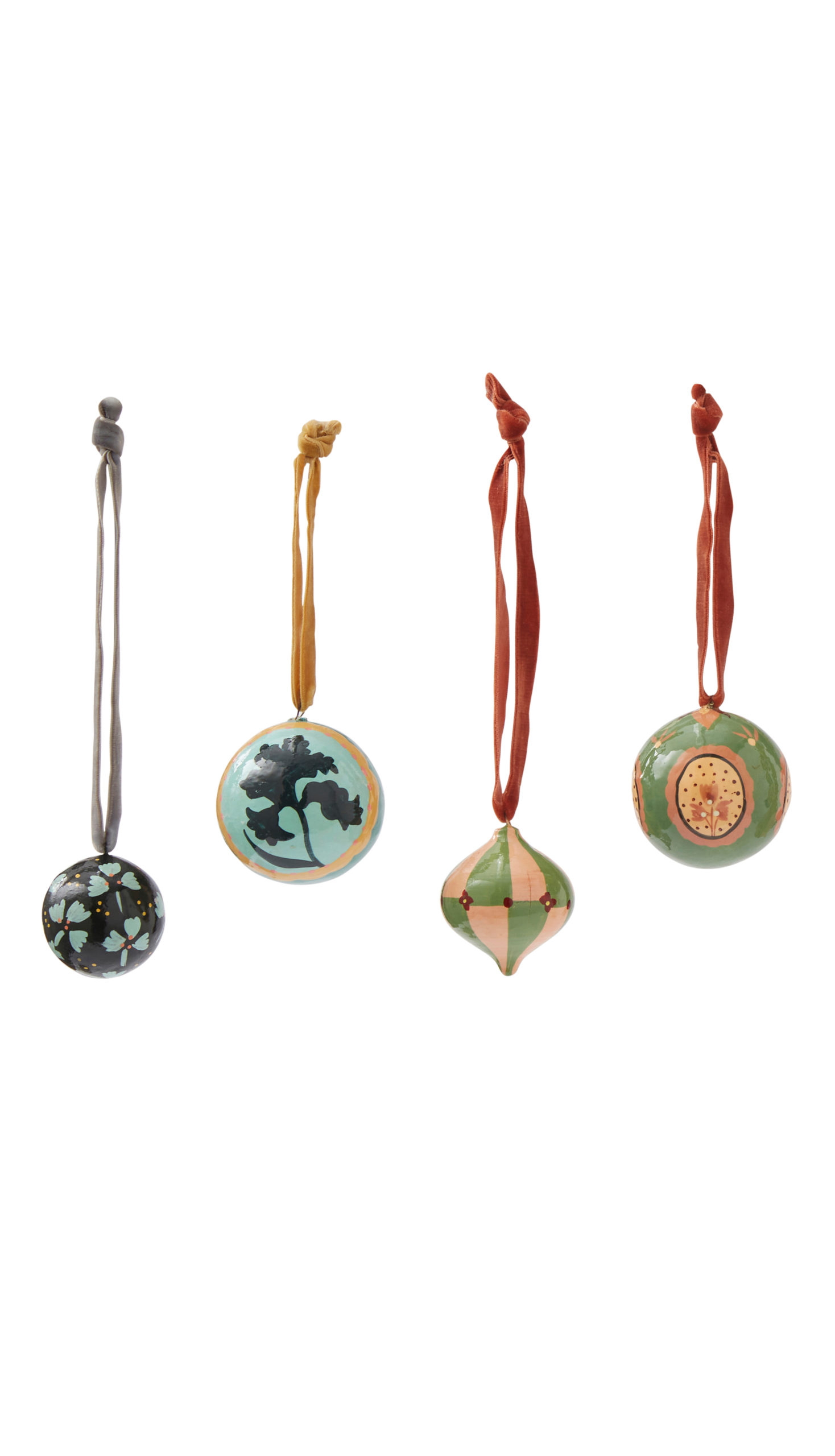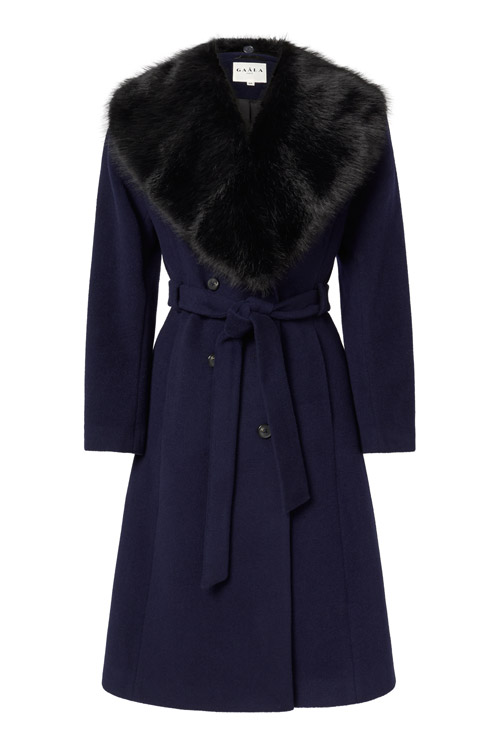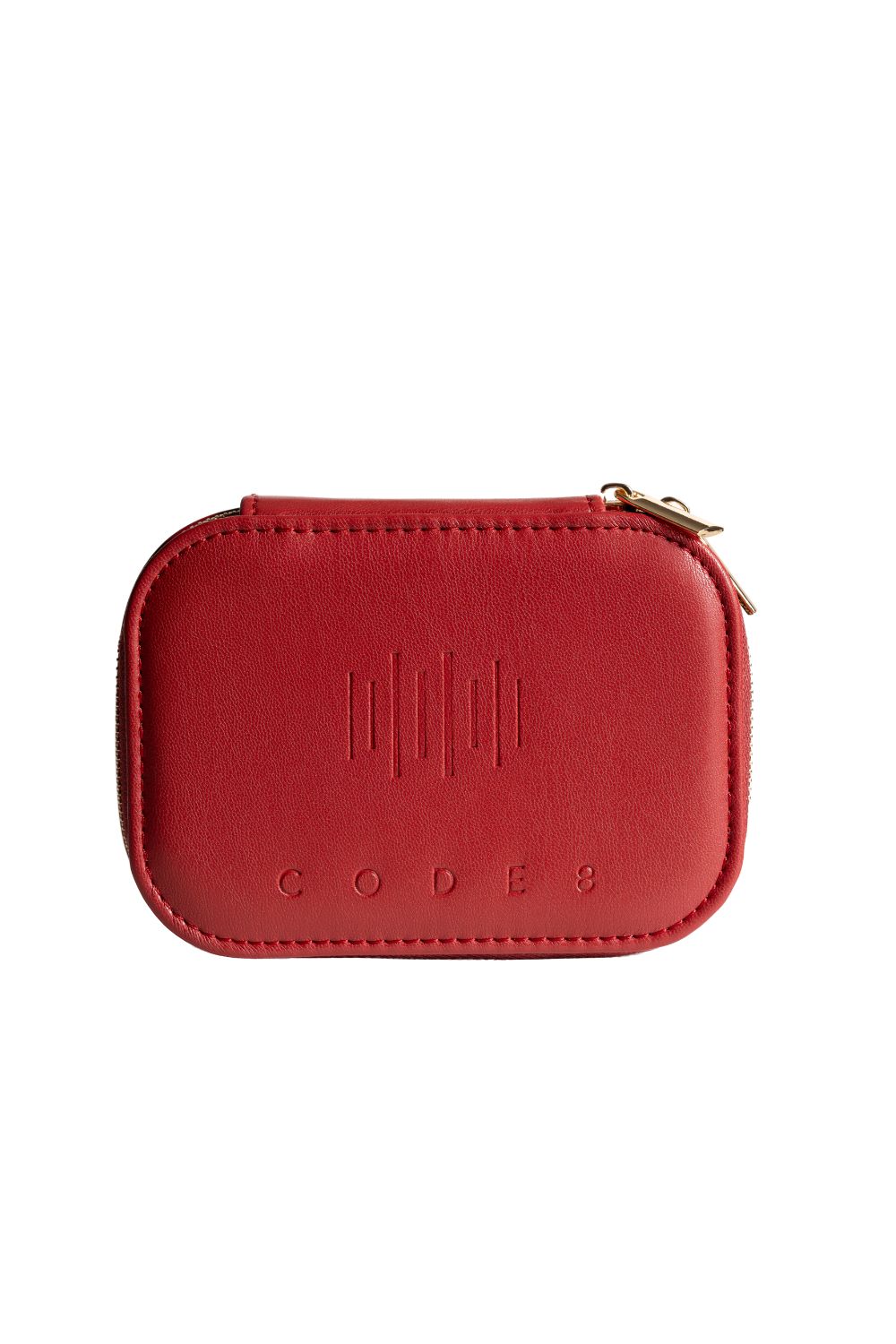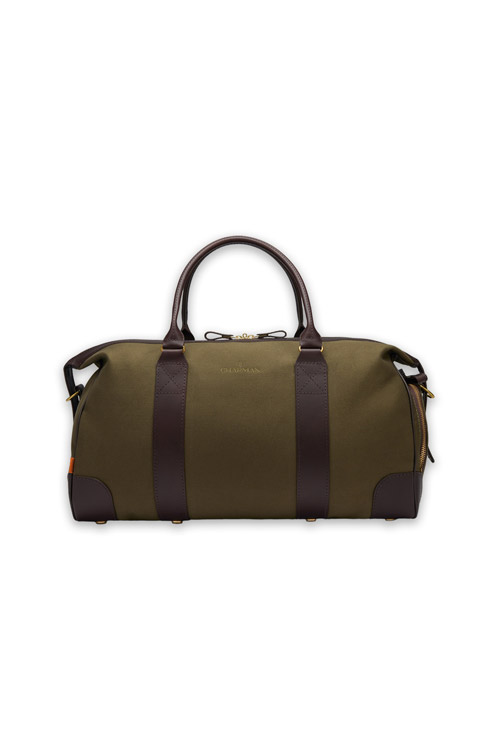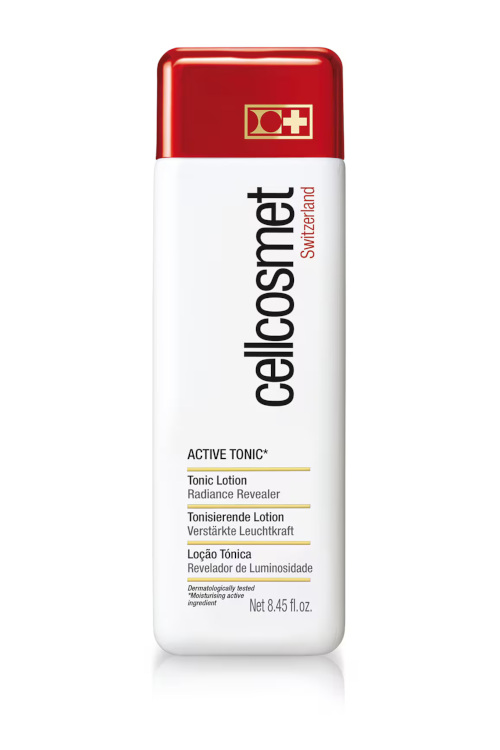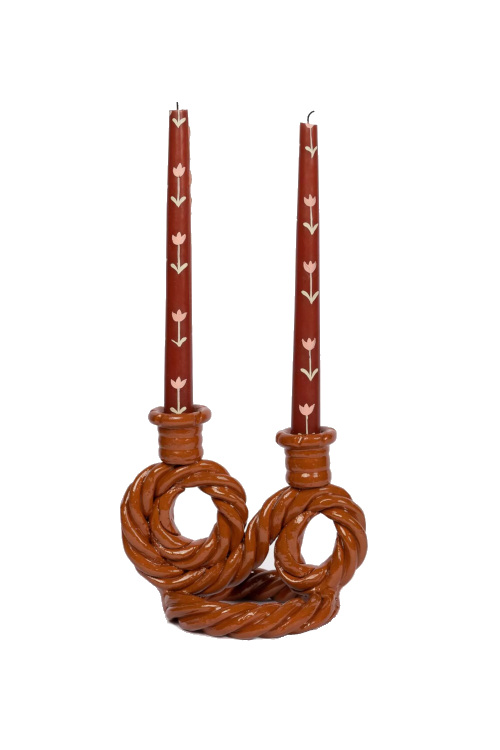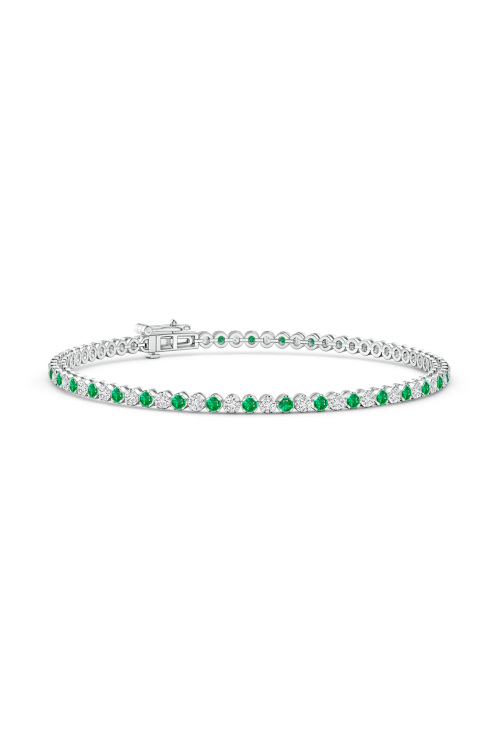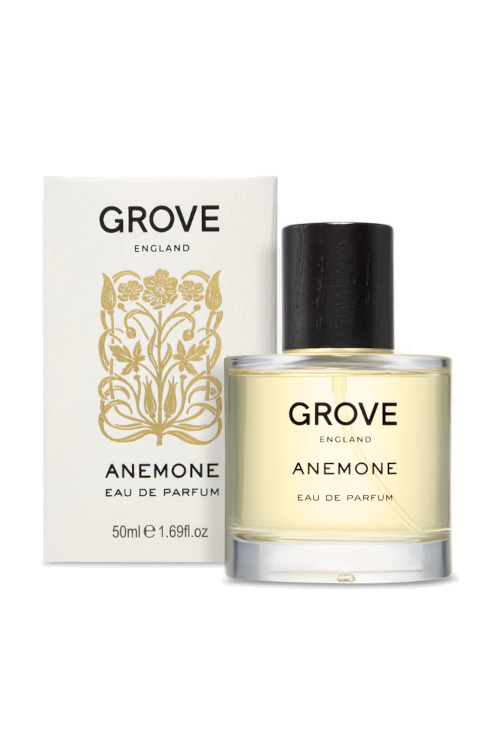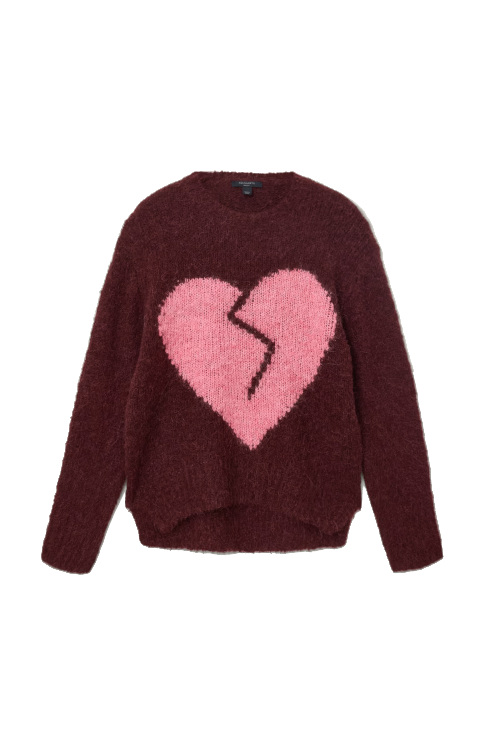What Do Michelin Keys Really Mean?
By
7 months ago
Unlocking Michelin's keys

Michelin has turned its gaze to hotels, awarding Keys to the finest stays in the UK and Ireland. But do they account for character and charm, asks Fiona Duncan.
What Are Michelin Keys – And What Do They Really Mean?
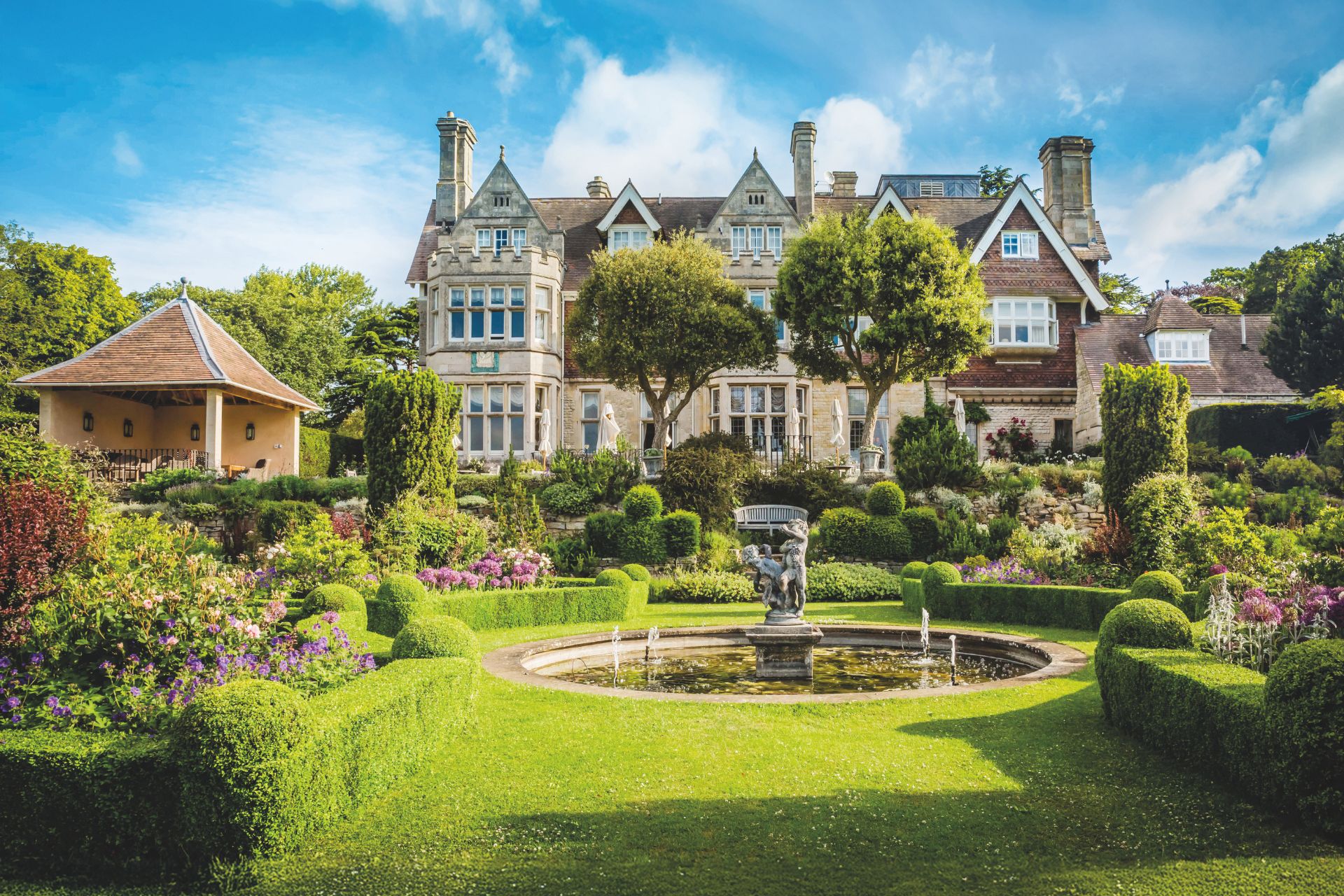
Hambleton Hall, Rutland
We all know about Michelin Stars for restaurants: how coveted they are, how hard to come by, and what a triumph but also a strain on the celebrated chefs who win them, judged afresh annually by anonymous inspectors. Now hotels are in the firing line: in October 2024, Michelin added a new raft of accolades to its guide and Michelin Keys, one, two or – rarely – three, were awarded to 123 hotels in England, Scotland, Wales and Ireland.
The new Michelin Key is to hotels what the Michelin Star is to restaurants and it’s no surprise to find that many UK hotels awarded Keys also have Stars. According to Michelin, inspectors look for hotels that offer ‘remarkable experiences via architecture and interior design, quality and consistency of service, overall personality and character, value for the price, and a significant contribution to the guest experience in a particular setting’.
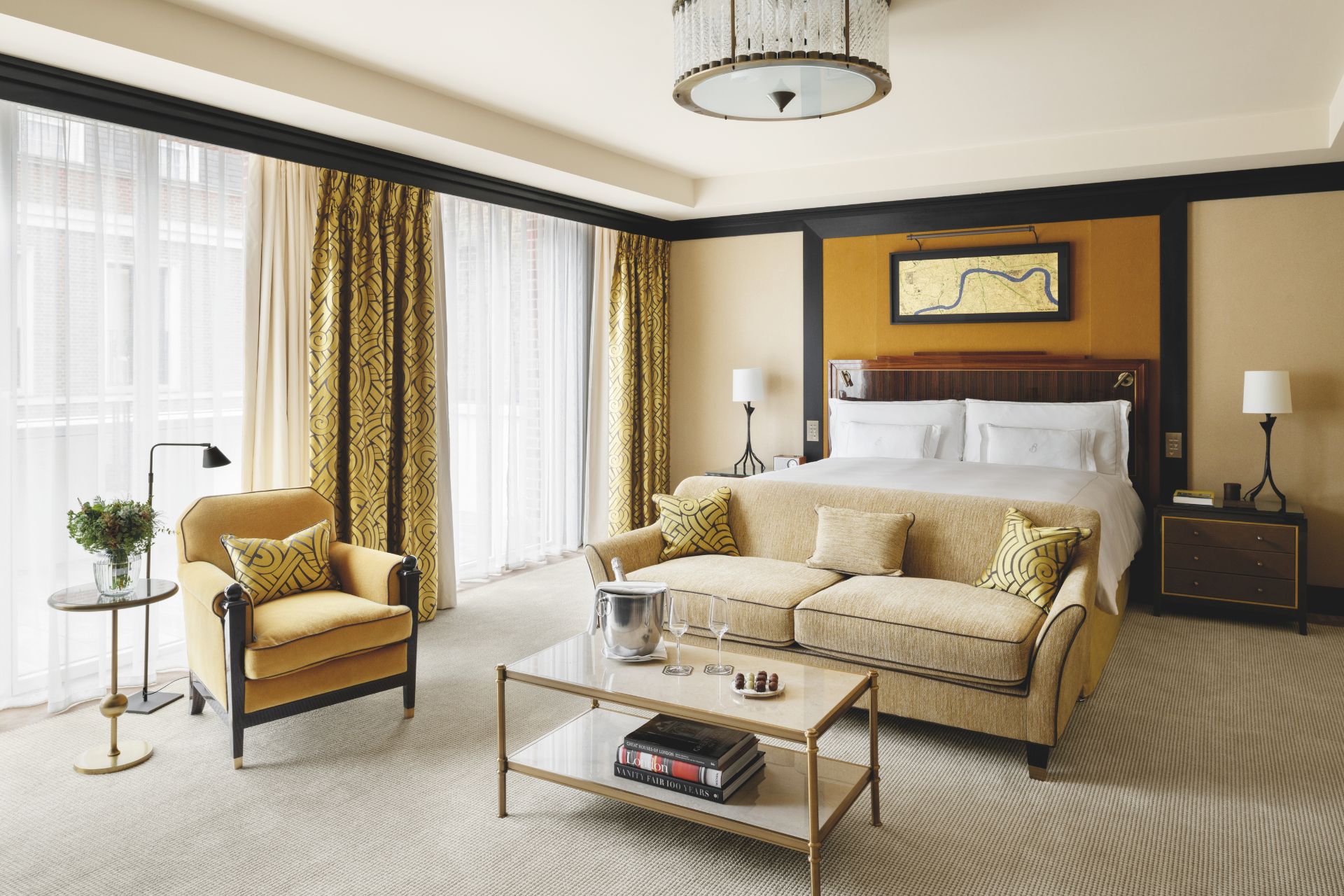
The Beaumont, Mayfair
All well and good, you might say, but there is something missing, encapsulated by the rather forbidding symbol of a key, from today’s Michelin guides that the old ones were able to offer more readily. It’s certainly not surprising that the guides have changed, if only subtly, over the years; after all, it was exactly a century and a quarter ago, in 1900, that the French company first published a restaurant guide intended to encourage drivers to set forth in their cars, fitted with Michelin tyres. Gradually, over time, the listings became embellished with symbols and, in the 1930s, Stars for excellent food appeared. Hotels were included but it wasn’t until 2000 that both hotel and restaurant
entries were given a brief description in a sentence or two alongside the cryptic symbols and pictograms.
I spent many childhood holidays in the back of my parents’ car as we toured around our beloved France, searching for perfect places to stay and eat. The Michelin Guide was our bible; I have a 1965 edition in my hand now, and the excitement of finding a hotel with a red rocking chair denoting an especially quiet and secluded location and a red R to signify an inexpensive but good meal in the same establishment (we never booked in advance; no need) comes flooding back to me as I turn the pages.
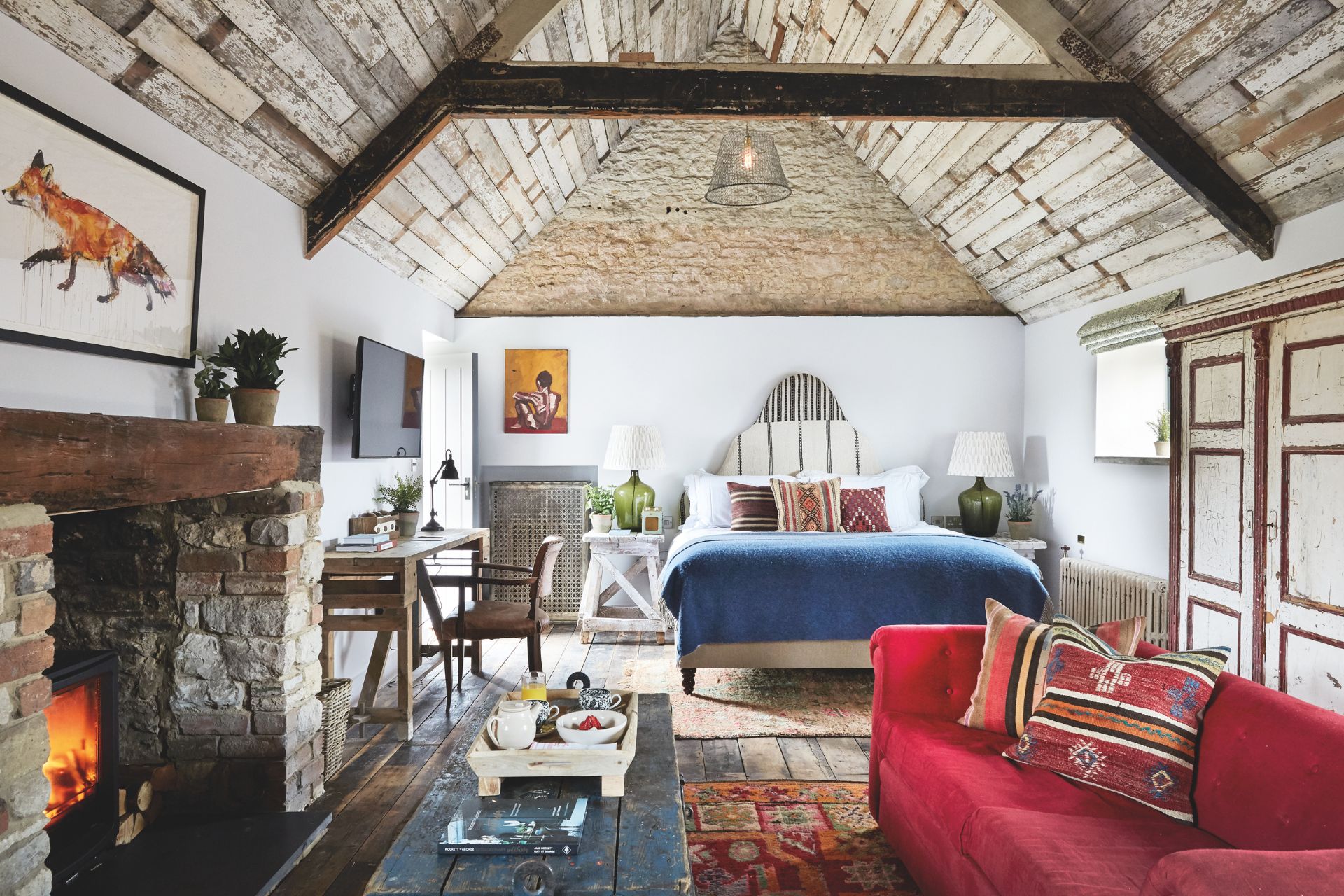
Artist Residence Oxfordshire
Those were the sort of hotels we were looking for then and those are still the sort I prefer. Michelin’s new Keys somehow lack the sense of serenity and of a secret find that a red rocking chair managed to imply. The Keys are altogether more loud and pompous affairs, carrying the perception that expense equates to quality and that a blissful sojourn must be paid for handsomely.
That said, we should be proud that so many British hotels are deemed worthy of one, two and even three Keys. Fourteen of them gained all three Keys; 11 of those also have Michelin Stars. Eight hotels on the three Key list are in London and they are all addresses that speak of great wealth and obvious luxury. If it were me handing out the gongs, instead of the Bulgari, I would choose The Goring (which hasn’t even merited one Key); instead of Raffles at the OWO (which still, to me, feels like the War Office it once was) I would bump up The Beaumont in Mayfair from two Keys to three; and I would swap the Savoy, not helped by its latest refurbishment, for Firmdale’s enveloping Ham Yard with its private drawing room, library and roof terrace, which has two Keys but deserves three.
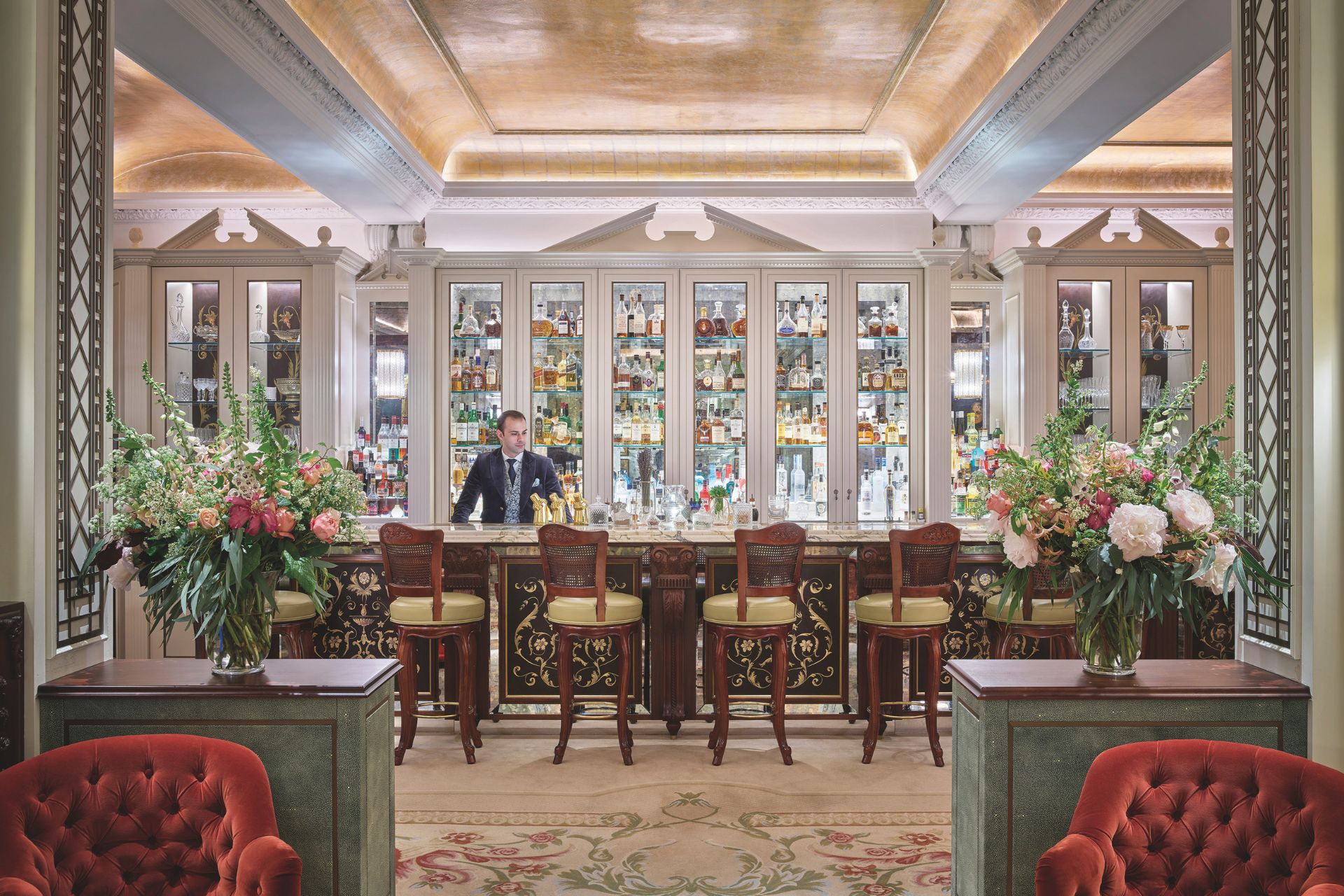
The Goring
It’s all subjective, the business of awards. It wouldn’t be fair to say that the Keys have ignored more characterful, less expensive establishments that also, in my view, merit accolades, but there are only a few on the list. These include all the Artist Residence hotels, including diminutive Artist Residence Oxford, a former pub; also the Gallivant, a former motel; and – very oddly in my view – the Swan Southwold, vibrantly coloured in hot pink, turquoise and canary yellow, despite the traditional English resort in which it stands. Zingy, modern design plainly appeals to the Key judges and many of the Key hotels on the list are design-led.
Just as a one Star restaurant is more appealing to me than a two or three Star one, so it’s the one Key hotels that I gravitate to. If the two- and three-Key selections are all about looks and expense, there are some traditional country house hotels, all about comfort and kindness, peace and quiet on the one-Key list. Places such as Gregans Castle in Ireland, Penmaenuchaf in Wales, Kinloch Lodge in Scotland and Hambleton Hall in England are all hotels that deserve not just a Michelin Key (Hambleton in fact has two), but a red rocking horse as well.
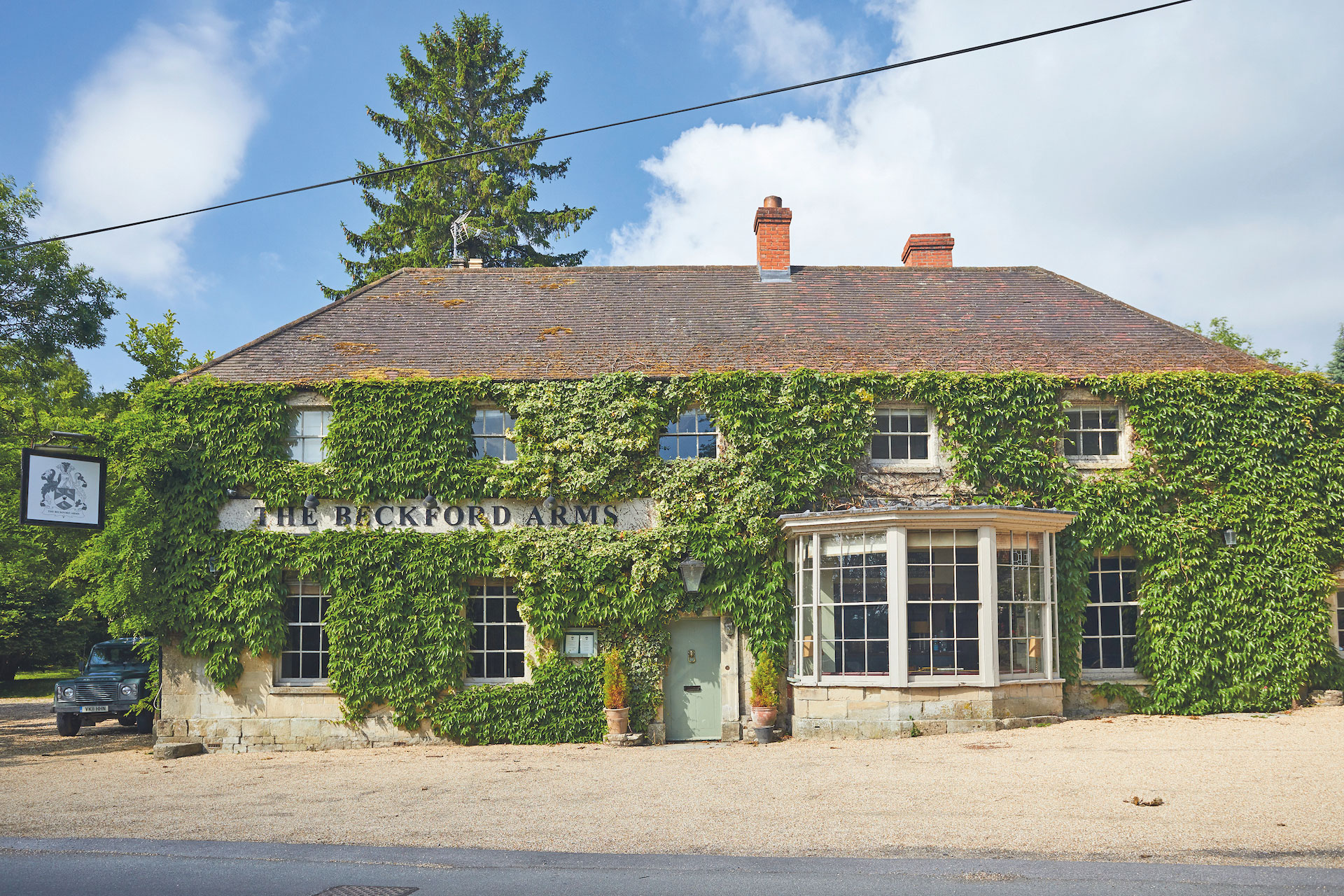
The Beckford Arms
There are others too, such as Penally Abbey, Endsleigh, Tresanton, Number One Bruton, Glebe House and The Beckford Arms, but their offering of good food, comfort and a peaceful setting have had a harder time gaining the attention of Michelin inspectors. In the end, it’s all subjective but Michelin’s new Keys don’t quite hit the spot for me.
Check out our brand new Great British & Irish Hotels Guide here.


